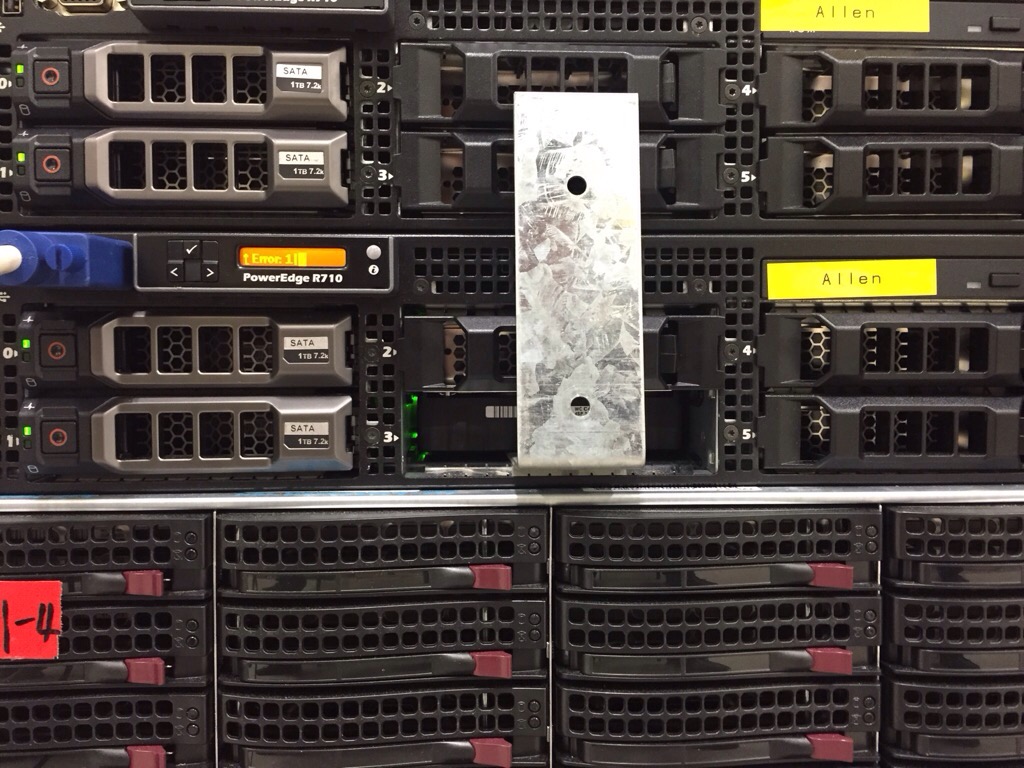


On the following link you can find setup instructions to prepare your OS for the Oracle software installation: #local installation of Oracle yum -y localinstall 86_64.rpm #downloading Oracle preinstallation curl -o 86_64.rpm Here I’m providing correct link to the package for 19.3 version of Oracle database: Next step is to download and install Oracle database preinstall rpm package to avoid manually installation of all required packages. This change is necessary if you want to avoid strange Oracle installation errors due to insufficient memory. You can execute the following command: sysctl vim /etc/nf To adjust swappines value from the default value of 60 to 10: cat /proc/sys/vm/swappiness #set a file as Linux swap mkswap /mnt/1GB.swap There is also security concerns as with PaaS model you have less control under your data when comparing it with IaaS or classical on-premises model.įor installing Oracle database on Amazon AWS you can use the following link as a starting point with a few comments/corrections you need to be aware of that I’ll explain later in the article:įrom the Marketplace I’ve selected Oracle Linux 7 update 6 for x86_64 HVM – OL7.6-x86_6-01-29 (ami-06e5c2a0f634abeb1) and t2.micro VM which comes with a free tier eligible option.Īs t2.micro is equipped with limited resources (1Gb RAM, 1 vCPU) which is not enough to install Oracle Enterprise database, you need to create swap file: #preallocate 1 Gb space for a swap fallocate -l 1G /mnt/1GB.swap you can install Enterprise Edition of Oracle database, RAC, Data Guard etc). Although you can use AWS RDS service which offers PaaS architectural model of running Oracle database on top of AWS Cloud, due to many limitations (installation type, options selected etc.), many enterprises still prefer using IaaS model, where such restrictions does not exist (e.g.


 0 kommentar(er)
0 kommentar(er)
